The study involves an obscure little rodent living in the deserts of Argentina.
Though obscure, the rat is unique in the world. It seems to be the only mammal that has undergone a huge genome expansion resulting in a larger genome than humans, much, much larger in fact.
Ben Evans (PhD) is the lead author of a study of the red vizcacha rat. He is a professor in the biology department at McMaster University in Hamilton Ontario
Listen
Professor Evans says this rather ordinary looking rodent has a genome about 2.6 times that of humans. It is the largest mammalian genome known. The genome represents the complete set of DNA.
The study of this rather unique animal is a collaborative international effort involving researchers from Canada, the U.S., and Argentina.
It was published in the journal Genome Biology and Evolution under the title “ Evolution of the largest Mammalian Genome” (open access HERE)
What is also interesting Evans says, is that a close relative to the red vizcacha rat, the mountain vizcacha rat, has a genome about half the size of its cousin.
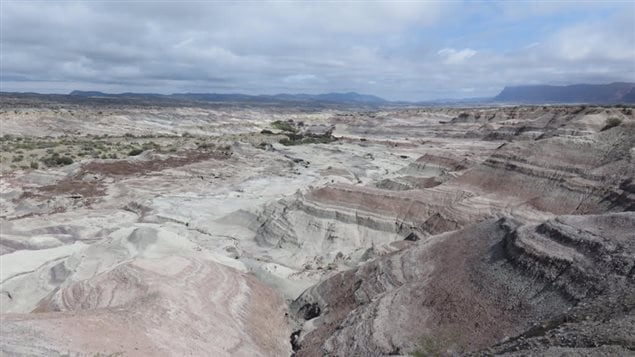
What he and colleagues are studying is how and why this relatively rapid increase in the genome occurred, and in such a short time span in evolutionary terms.
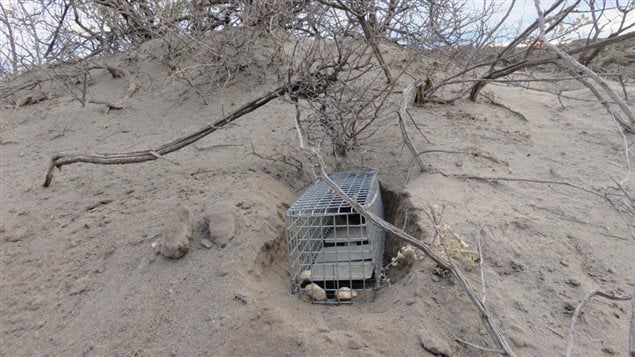
*
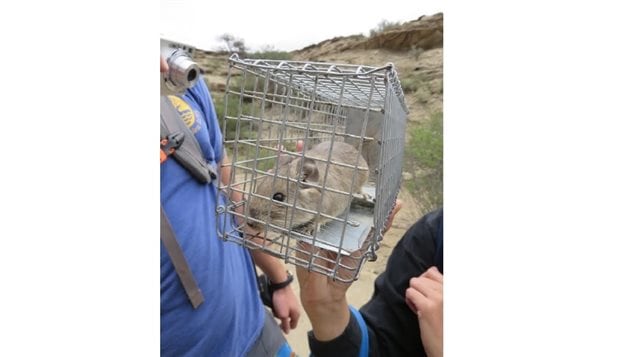
It may have some role in the animal’s tolerance for an extremely salty diet, one which it’s cousin, the mountain vizcacha, cannot tolerate.
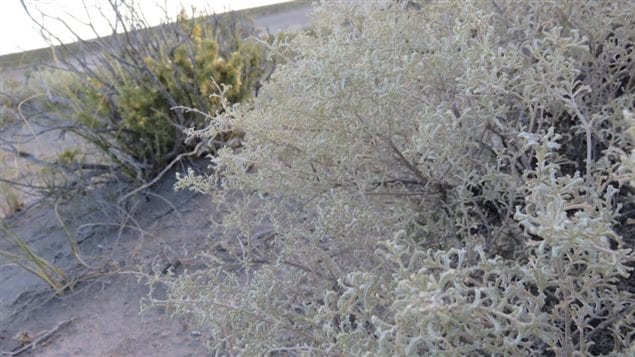
It has relevance to humans as he says at least 20 per cent of the human genome is redundant. He notes that the mechanism for expansion of repetitive DNA in the vizcacha is the same as in humans and contributes to the extra DNA.
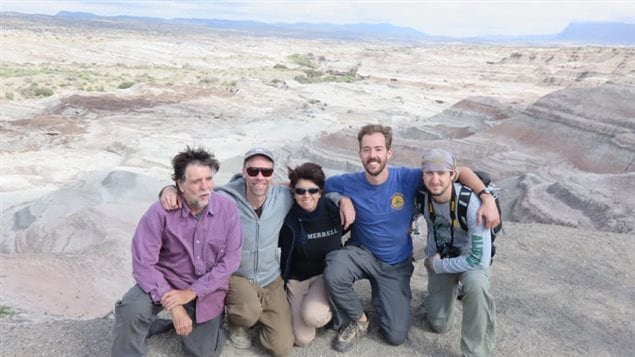
He says this may play a role in disease through the interruption of gene function.
He adds that they have a great deal more to learn as their study progresses.







For reasons beyond our control, and for an undetermined period of time, our comment section is now closed. However, our social networks remain open to your contributions.